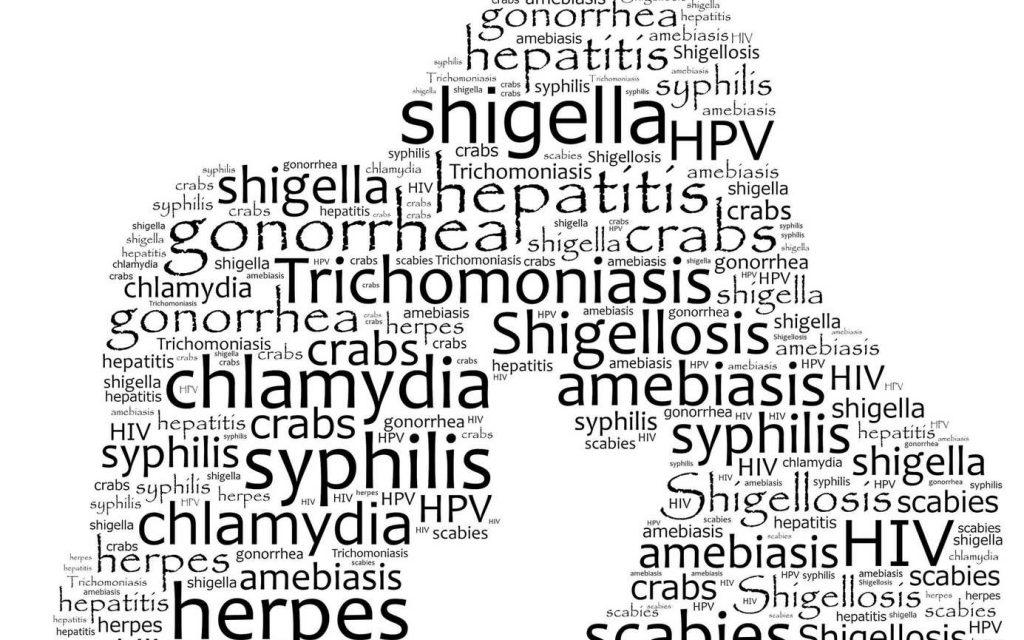Sexually transmitted diseases, the otherwise sexually transmitted infections, are enough and not all the same serious, in other words do not all involve the same risks to the health of the individual. Every sexually active person is at risk of sexually transmitted diseases. Of course, this does not mean that we should stop having sex. But it is necessary to know what the risks and possible problems are, that is, to be informed, so that our choices are conscious, and not to put ourselves or others at unnecessary risk.
The right information is the basis for a low-risk sexual behavior that is definitely more carefree. In addition to prevention, regular monitoring is something that would be good to incorporate into our habits. That is, it is better not to wait for the symptoms to appear. After all, we must remember that many of them sexually transmitted diseases they are very often α-symptomatic, ie they show no symptoms.
HPV - Warts
For example the HPV, which is one of the most common sexually transmitted diseases, very often it does not show symptoms, and also when it does they can take a long time to appear. HPV infects the skin and mucous membranes. About forty percent of HPV strains are sexually transmitted and occur in the genital area. Some of the strains of the virus cause skin lesions, the so-called acute warts, which are benign formations, and are treated with various treatments, such as laser. Some of the strains are associated with cancer, mainly in the cervix, but also in the vagina, vulva and anus, but they are relatively few in number, and early diagnosis of any precancerous lesions is crucial to treat the condition. The HPV virus is highly contagious, and its transmission does not even require full sexual intercourse, but it can also be done by simple skin-to-skin contact. The percentage of sexually active people who are infected with this virus at some point in their lives is extremely high, although it is very common for the body to fight the virus on its own and make it inactive, although it remains in the body forever and it may reappear at some point, although as time goes on the chances decrease.
Herpes
The same goes for another common sexually transmitted disease, genital herpes, which sticks to the skin, and through the skin passes to the nerves, where it lives forever in a state we would call hibernation, and may reappear when the immune system is weakened and the body's defenses fall. Another common denominator of the HPV virus is that it is possible to become infected without symptoms, so as carriers it is possible to pass it on to others without knowing we have it. Genital herpes is usually type 2, which occurs exclusively in the genitals, but it can also be type 1, which is the common herpes that we get on the lips and face, which can be transmitted to the genitals through oral contact or with hands. With the onset of herpes, blisters and sores appear on the skin of the genitals, but also on the anus or even the thighs, where they remain for a few days depending on the severity of the episode. The first time genital herpes occurs it is likely to cause mild to severe muscle pain or even fever or headache. Whether or not herpes reappears varies from person to person, but the rate of recurrence becomes more sparse over time. Genital herpes is treated for its episodes with some drugs called ostatics.
Chlamydia and Trichomonads
Others common sexually transmitted infections are chlamydia and hair follicles (otherwise trichomoniasis). They have in common that they can be completely cured. The chlamydia many times they have no symptoms or other times they are mild enough and are not recognized as such. Symptoms may include pain when urinating, unusual vaginal or urethral discharge in women, lower abdominal pain and traces of blood between periods, and bleeding after intercourse, and in men swelling of one of the the testicles. The chlamydia are small organisms, and cause bacterial infection. Although the chlamydia are not a serious health problem and are easily treated with antibiotics, when not diagnosed and treated can cause significant problems such as infertility or infertility, tubulitis, pelvic inflammation, ectopic pregnancy, and in men infertility, urethritis, inflammation with pain near from infection in the epididymis.
The hair follicles Trichomonas vaginalis are also often asymptomatic, and those that do occur are quite common for many of the sexually transmitted infections. These include a lot of fluids of unusual color or texture, pain or discomfort when urinating and having sex. Itching, swelling or pain in the vaginal area. Perhaps the most characteristic symptom is the strong unpleasant odor of vaginal secretions. Trichomoniasis like chlamydia is treated with antibiotics.

